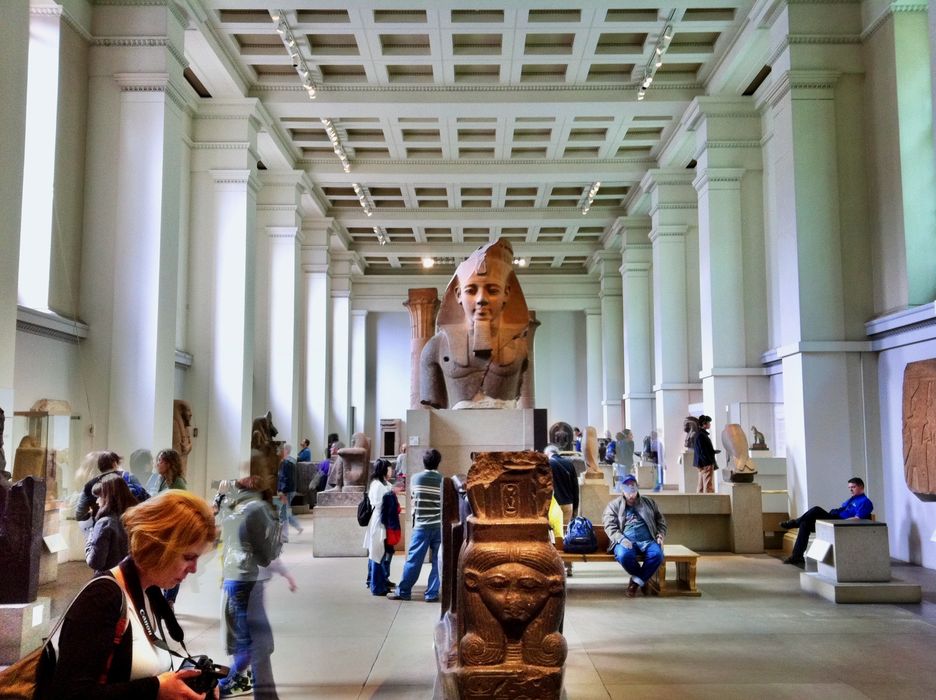
The British Museum announced an incredible project: they are digitizing their entire collection.
The British Museum is certainly one of the most famous museums on the planet, housing countless historic artifacts from around the world — some of which were obtained in questionable circumstances, but that’s a story for another day.
Regardless, this institution holds priceless items, including the Rosetta Stone, the Elgin Marbles, the Bust of Ramesses the Great (see image at top), the Assyrian Lion Hunt reliefs and of course their massive collection of Egyptian Mummies. It takes more than a day to properly see the entire building, which displays only a small portion of their collection.
Now they intend on 3D scanning literally everything.
Why spend millions doing this? It seems there is a specific drivers and a recent trigger.
The major driver is simply for backup. Readers may recall the catastrophic fire in Brazil that destroyed that country’s major museum and its entire collection. Countless irreplaceable objects were lost. Had they bothered to scan their collection, at least they would have something when the smoke cleared.
The trigger is a recent scandal that occurred at the museum: theft. Apparently a staffer absconded with up to 2,000 artifacts. These were presumably sold or given away. The museum has been able to recover some of them, but many are lost forever.
The scandal has almost certainly triggered the scanning project, which would not only result in digital versions of all items, but also force a clean inventory of the entire collection.
It’s not all just a big expense for insurance; there are multiple opportunities opened up by this project.
One is that the public will be granted digital access to parts of the collection. This could be a way to address concerns from the original homes of many artifacts that have been demanding their return. Whether that works is unclear, but if artifacts are returned the museum would likely retain the digital copy.
This also opens up the possibility of 3D model access to the public, enabling those with 3D printers to reproduce versions of the artifacts.
It’s unclear whether this will happen, however, as they don’t talk about 3D models. However, Interim Director Mark Jones explained:
“Over the next five years we have set ourselves the objective of improving and completing the online record of every object in the British Museum’s collection. It is a big task, with 2.4m records to upload or upgrade, but more than half is already done and when it is finished it will mean that everyone, no matter where in the world they live, will be able to see everything we have – and use this amazing resource in a myriad of ways.”
That suggests they will offer at least visual access to the 3D models, but not necessarily the models themselves.
It’s also possible they may offer a selection of 3D models for public access, as some other institutions have done.
This is a good step forward, and a task all museums should consider.
